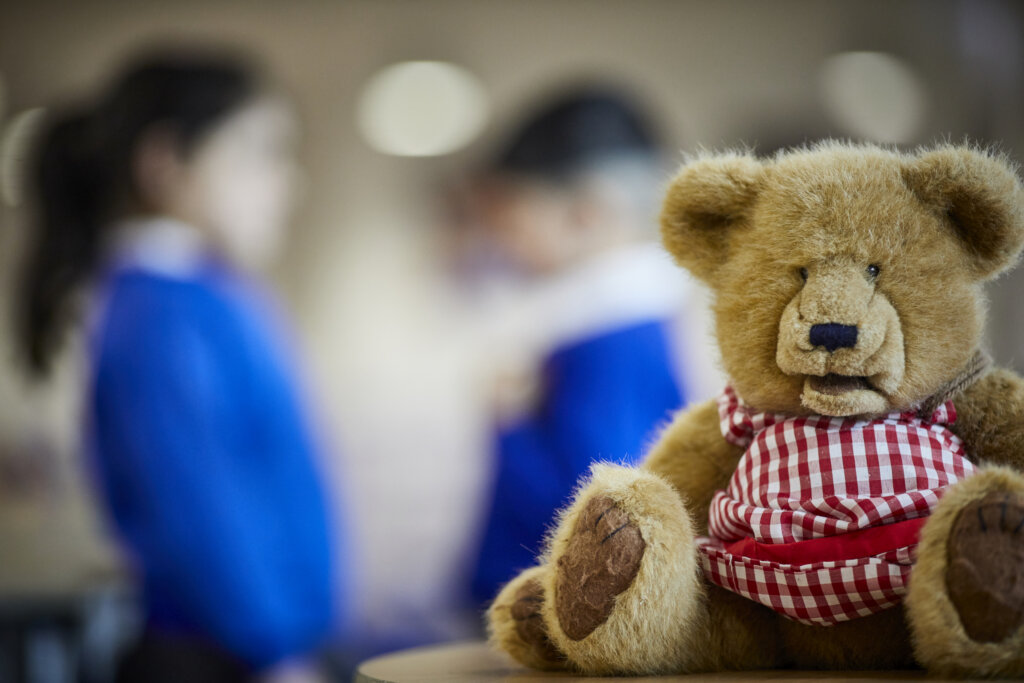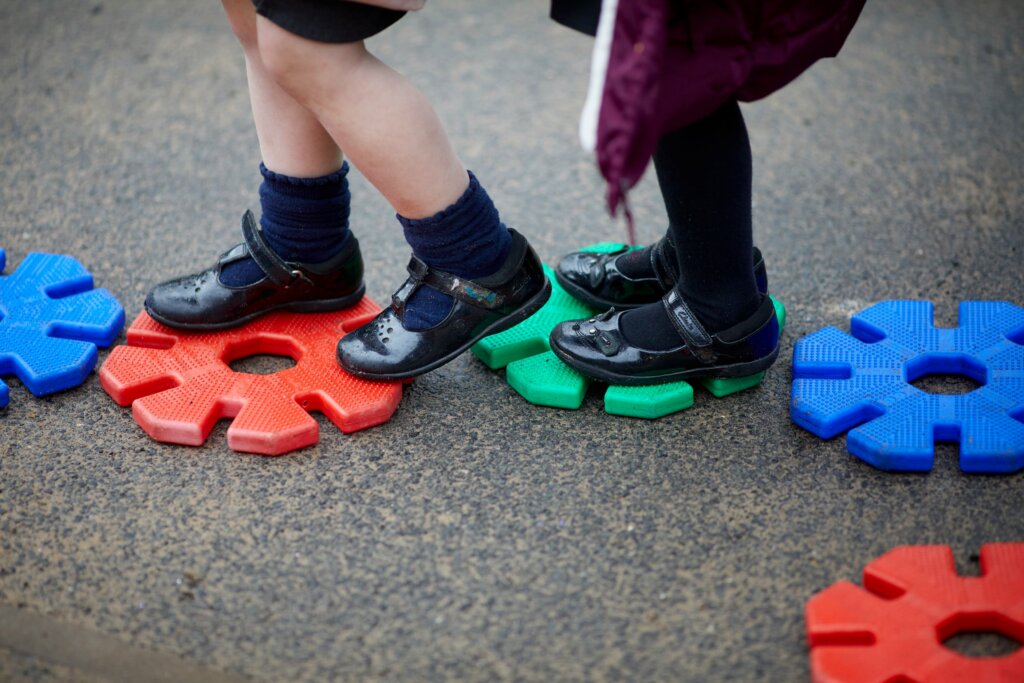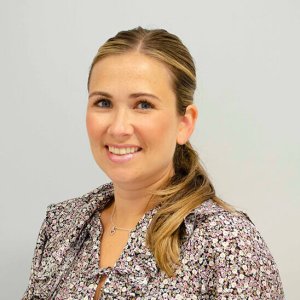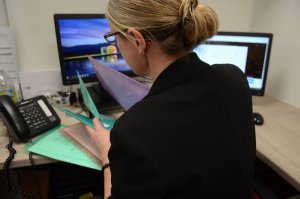It is nearing that time of year where the Early Years Foundation Stage Profile (EYFSP) must be completed for each child and submitted to the Local Authority (no later than the 30th June). So, what do you need to know? What is the purpose for it all? How do you use data to support children in being ‘school ready’? And what does being ‘school ready’ even mean?
This is the first year you will be submitting EYFS data against the new EYFS Framework so let’s get it right!
We know how important the early years are for shaping a child’s future so that they can go on to become healthy, happy and successful lifelong learners (Gov 2021: The Best Start in Life Report and Nuffield 2021: The Role of Early Childhood Education and Care in Shaping Life Chances). Therefore, we need to make sure that the accuracy of the data we submit shows the truest picture of children’s stages of development and, subsequently, the EYFS data is used to support effective transition: meeting the children where they are at and adapting the learning environment to match their growing needs.
Let’s delve a little deeper into the EYFSP. Below I have unpicked some key points to consider prior to data submission:
Section 2.1 Overview of the Profile
Practitioners are expected to use their professional judgement to make these assessments, based on their knowledge and understanding of what the child knows, understands, and can do. (page 6)
What does using ‘professional judgement’ look like in your school? The big shift in the new framework is to remove ‘burdensome’ paperwork, this means that staff are not expected to collect specific evidence against the Early Learning Goals (ELGs). But, in order to ensure that your team have the relevant CPD and expert knowledge of child development to make these judgements you need to be clear on expectations and ensure that the EYFS team can articulate this. If you haven’t already used the DfE’s Exemplification Materials and Case Studies to give you an idea of how this might look then it may be helpful for you and your team to do so.
The early learning goals (ELGs) are what is assessed at the end of the reception year and should not be used as a curriculum. The EYFS profile is not intended to be used for ongoing assessment of for entry-level assessment for early years settings or reception classes. (page 6)
This message is extremely important! The curriculum offered in EYFS should not be limited to the expectations of the ELGs. This can narrow and restrict the quality of learning children are exposed to and should continue to only be used as an end of phase assessment. However, this does not mean your team does not look at the ELGs until the data submission week – you need to get the balance right. The EYFS team and school leadership team need to be familiar with the ELGs as these (in the most part) summarise the typical expectations within the areas of development of a child finishing the Reception year.
The main purpose of the profile assessment at the end of the EYFS is to support a successful transition to KS1 by informing the professional dialogue between EYFS and year 1 teachers. (page 7)
There it is, in black and white: the main purpose of the EYFS profile is to support the ongoing learning journey for all children. So, how do you plan for this successful and smooth transition? Is there time dedicated for your Early Years team and Year 1 team to thoroughly go through each child and their stage of development? With timetabling challenges, such as sports days and Reception graduations, how do you prioritise this within your transition planning? My advice would be to create a time line of transition from Reception to Year 1 throughout the summer term.
How?
- Involve Year 1 in the moderation of EYFS and supporting the judgements to inform each child’s EYFSP.
- Organise for the Year 1 team to go into the Reception classroom throughout the academic year observing children and how they learn – what do they think are the next steps? How can the EYFS team share effective practice and resources that will continue to support their stage development? What can they take back and incorporate into their classroom?
- Establish children’s relationships early with the new teaching team to ease the transition process and the impact on wellbeing.
- Have Year 1 staff observe the children towards the end of the academic year in Reception, after the EYFSP. Support staff to identify what children who have met ELGs need to do next and, where a child does not meet the expected ELG, share additional information with the Year 1 teacher to support a successful transition. This may include useful resources or strategies that work for this child and how they learn best.
- Encourage Reception and Year 1 staff to plan the autumn term together, consolidating learning and following the early learning principles. It’s great if continuous provision already continues into Year 1, but why not plan for adaptations in provision based on the joint observations too?
- Have Reception staff continuing to pop in and observe where possible – this may be for ‘focus children’ who need more support. Then, if needed, support Year 1 Staff to plan for the identified children.
The DfE uses EYFS profile data to monitor changes in levels of children’s learning and development …The EYFS Profile is not an accountability measure for schools and the DfE does not publish school level results for the EYFS Profile.
Hoorah! The outcomes for learning at the end of EYFS should not be used as an accountability measure. When this data is accurate, it helps support the right level of initiatives and prioritising of funding for schools. Especially, given the impact that the pandemic and national lockdowns will have had on this particular group of children, it is essential that the data reflects this otherwise the right level of intervention and support will be missed. To ensure that standards and the quality of learning for children in our early years is high, schools and settings need to be open, honest and transparent with the quality of curriculum and provision on offer. Senior Leaders should be actively involved and present in the early years to ensure that standards, expectations and outcomes for learners are regularly reviewed.
Now let’s explore that phrase we hear bandied about so often – school readiness – what does this mean?
We read about ‘school readiness’ all the time and sometimes hear that this is the role of the early years. We need to carefully reflect and consider what being ‘school ready’ really means. Does it mean children are ready to sit down on a chair at a table to ‘learn’? That they can sit for longer periods of time on the carpet and listen to instruction from the teacher? That they can complete tasks in their workbooks?
Hopefully not! The beauty of our early years is that we observe and support a child to develop holistically; this wholesome approach acknowledges that to be an effective learner, all areas of development need to be nurtured. How often, when children enter Year 1 do you hear, ‘I need a pencil?’, ‘Can I turn the page now?’ and ‘How do you spell monkey?’ This continues to be the culture for many children as they go through school; lacking the levels of independence and resilience we so magically observe in our early years environment. So, what’s going on?
When some educators lose sight of what actually being ‘school ready’ is, we focus on the children reaching certain levels of standards and expectations – but with this we can, at times, forget what makes for effective learning. Some of the best practice and learning I have seen is when the principles of EYFS trickle into KS1 and beyond!
- Valuing the need to continue to build resilient, independent and motivated learners.
- Taking learning to the children’s interests and providing them with that element of choice.
- Meeting children on their learning journey by ensuring that teaching and learning needs their developmental needs.
This opens up the question:
Do we know how children develop and do we have the expert knowledge and skills to adapt our practice to meet children where they are at?
There are many opportunities for this all the way through school, for example, if you see a child who cannot hold a pencil correctly and they are struggling to form their letters, what do you do? Give them more handwriting practice and hope for the best? No, you stand back and observe them:
- How are they sitting at the table – do they have the core strength needed to sit and write?
- Are they holding the pencil in a palmar grasp – do they need to play more with resources that will improve the dexterity in their hand and finger muscles?
These careful observations ensure that children are given the right targeted support to aid their journey to being an independent writer. However, if this child continues without intervention and simply has to do more handwriting practice, this will ultimately affect the child’s view of writing as a negative thing (which is a lot harder to undo as the child gets older!)
Time for reflection ahead of completing the EYFSP?
Hopefully, this will support the idea that the EYFSP is a snapshot assessment of how children are doing on their learning journeys at the end of EYFS. It should be used as an assessment tool and support the discussion as part of transition – however, the rich dialogue and wider knowledge your EYFS team have about the children is crucial in ensuring an effective transition from Early Years into Year 1. This information will have the greatest impact on how ‘school ready’ the children really are and what can be done to support this smooth transition!
Things to do…
- Read the EYFSP and make sure you meet the requirements, know the codes and check you are prepped and ready for the data submission deadline.
- Visit EYFS and Reception class – can you see in practice what your team is telling you about how your children are learning? What are they doing day-to-day to support progress the children’s learning and development?
- Organise your transition timeline from EYFS to Year 1. Involve all members of the team so that everyone feels happy and confident that they have a full and rounded picture of all children’s stages of development and what the next steps on their learning journey are.
- Consider learning more about Transition to Year One and Continuous Provision on our media page. There is a FREE CPD recording that may support you.
- Look at previous blogs, such as this one, to learn more about how Continuous Provision and the power of play can be transformative in children’s education.
Come and join us…
For school leaders: Developing an Inspirational EYFS Team Training Day – 30th June. Gain more ideas and insights about what the EYFSP states and how you can meet the expectations in your practice. Go away with ideas that can be used to ensure reliable and accurate assessments are made throughout the age phase and at the end of the EYFS. This day will leave you excited and inspired by the magic of early years learning.
















